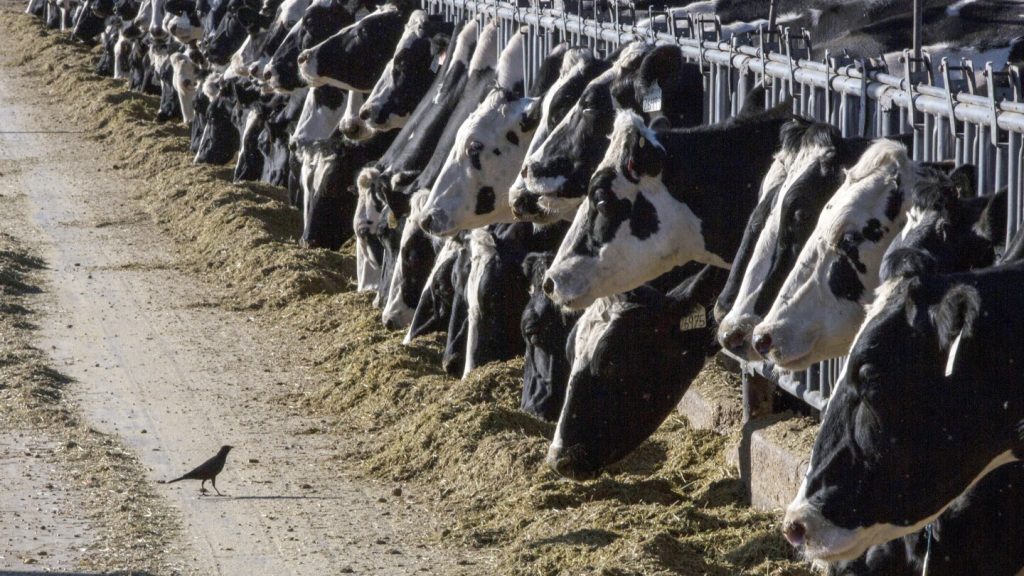Bird flu has been detected in beef for the first time, but the U.S. Department of Agriculture reassures the public that the meat from the infected dairy cow did not enter the food supply. The virus was found as part of routine testing of 96 dairy cows that had signs of illness, with bird flu being present in only one cow. The outbreak of bird flu, which began in 2022, has already been confirmed in dairy cattle herds in nine states and has led to the slaughter of millions of chickens and turkeys. Despite this development, the USDA has not found any sign of the virus in ground beef at retail stores.
The USDA emphasizes that cooking beef to an internal temperature of 165 degrees Fahrenheit will kill the bird flu virus, just like it does with E. coli and other viruses. Two farmworkers in Michigan and Texas were sickened by bird flu this spring, highlighting the higher risk for those exposed to infected animals. Health officials say the danger to the public remains low, with only one other confirmed human case of bird flu in the United States. In 2022, a prisoner in Colorado contracted the virus while working at a poultry farm, experiencing fatigue as the only symptom before recovering.
The finding of bird flu in beef raises concerns about the potential spread of the virus to more areas of the food supply chain. The USDA’s efforts to test ground beef at retail stores have not yielded any positive results so far, but the agency remains vigilant in monitoring for any signs of contamination. The outbreak of bird flu in dairy cattle herds and the resulting slaughter of chickens and turkeys have already had significant impacts on the livestock industry, prompting increased measures to prevent further spread of the virus.
The discovery of bird flu in beef underscores the importance of maintaining strict food safety standards and protocols to prevent the transmission of viruses from animals to humans. The USDA’s assurance that cooking beef to the recommended temperature will eliminate the virus provides some reassurance to consumers concerned about the safety of their food. With ongoing efforts to monitor and contain the outbreak, health officials are working to minimize the risks to farmworkers and the general public while addressing the challenges posed by the presence of bird flu in the food supply chain.
As the bird flu outbreak continues to evolve, it is crucial for regulatory agencies, health officials, and the livestock industry to collaborate in implementing proactive measures to prevent further contamination and safeguard public health. The case of bird flu in beef serves as a reminder of the interconnected nature of the food supply chain and the need for constant vigilance in monitoring for potential threats. By remaining vigilant and proactive in addressing the risks posed by bird flu, stakeholders can work together to mitigate the impact of the outbreak and protect the safety of the food supply for consumers.


